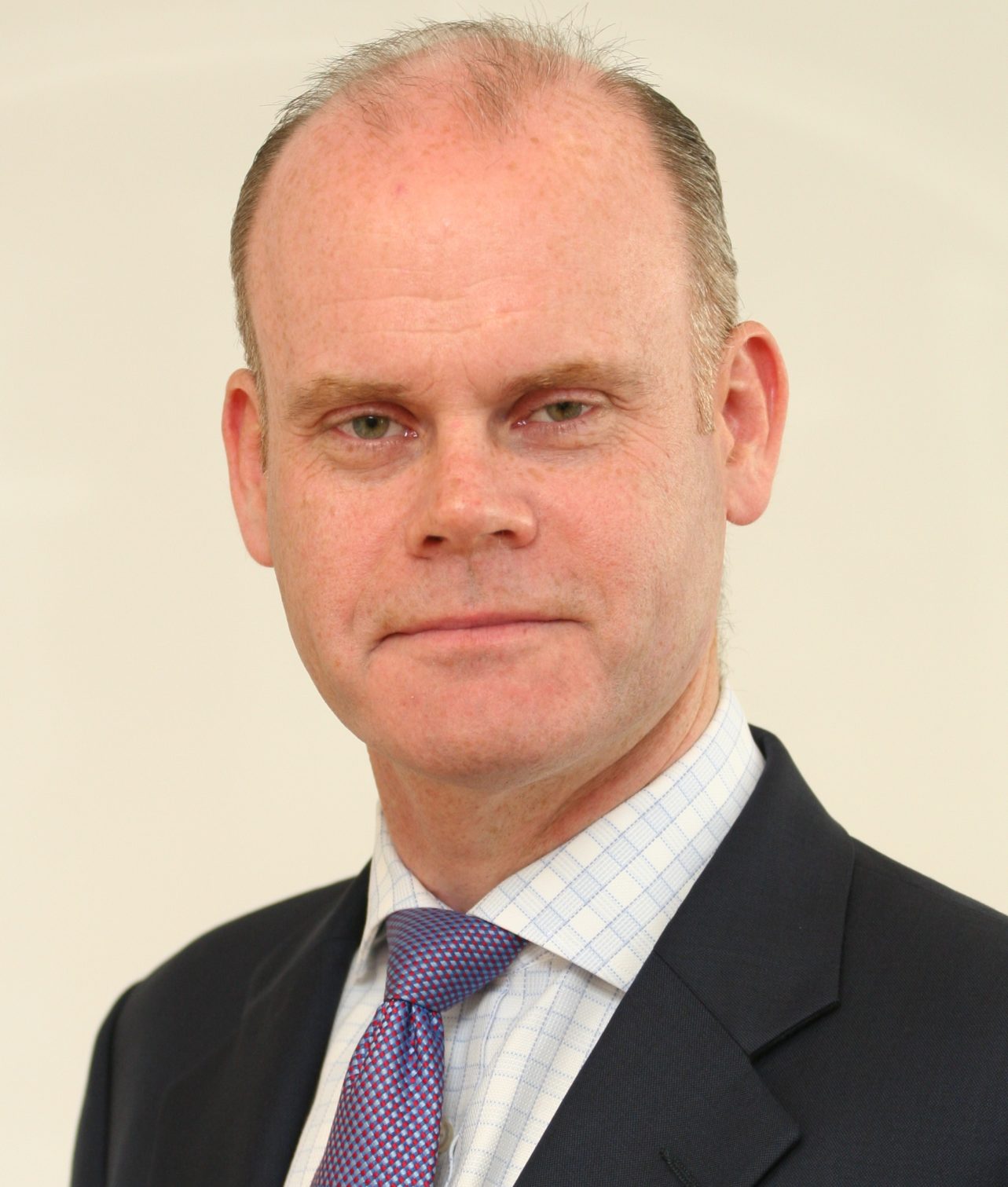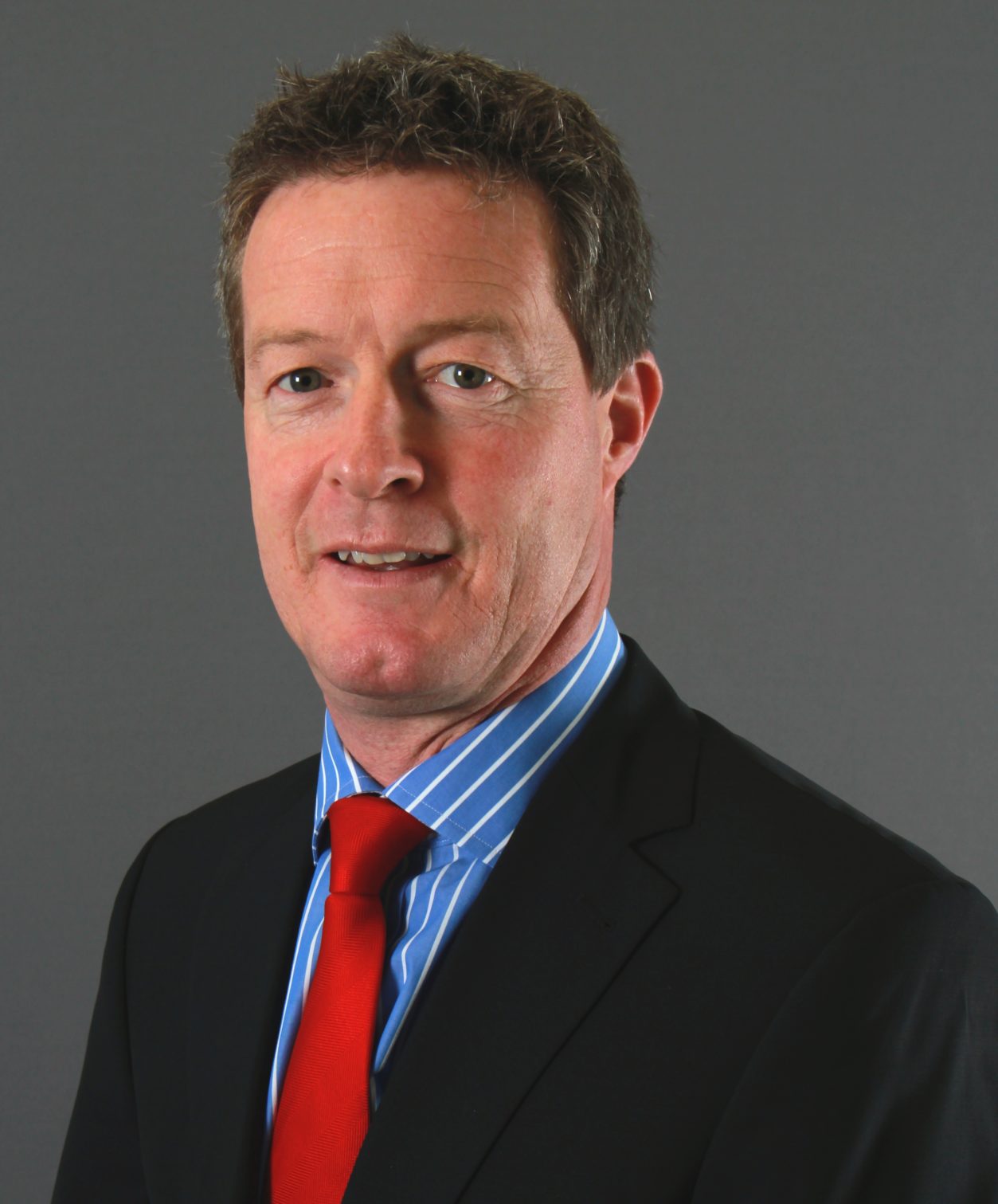Sponsor’s position paper by Jonathan Platt, Royal London Asset Management
The US Federal Reserve (Fed) may have finally moved on interest rates, but in many other ways, 2016 promises to be much like 2015
Economic growth will be sporadic, without clear momentum. Policymakers will continue to exert significant influence, with monetary policy changes unpredictable and data dependent. The market will remain vulnerable to ‘shocks’ be they economic or geopolitical. Against this backdrop, there will be opportunities in fixed income, but they will not be abundant and they will need to be chosen carefully.
The trend for developed market government bond yields is likely to be higher with the Fed setting the tone. However, rises will be slower than the market currently expects. With the continued low oil price likely to depress inflation, expectations of rate rises may be pushed further into the future. This will create some natural support for fixed income markets. That said, we are in a rising rate environment, however slow. This means that all fixed income investors need to be realistic about the type of returns that can be achieved.
Institutional investor positioning for 2016
There remains only limited value in many government bonds, and, where institutional investors have flexibility, most currently prefer high yield or investment grade bonds, primarily on yield considerations. Where they want to retain some government bond exposure – or where their mandate dictates – these investors have focused on absolute return funds. Where they have invested in ‘straight’ government bonds it has tended to be in short duration and duration-hedged bonds, taking out the sensitivity to rate rises.
Within this environment, non-core assets – high yield, emerging markets, multi asset credit (MAC) and absolute return – have an important role. Although the performance between these assets has been disparate in 2015, there are opportunities. Notably, we have a much higher allocation to asset-backed securities than many of our peers. Taken back to first principles, asset-backed securities have assets that investors can call upon if the business can’t pay its cashflows. During the financial crisis, these securities were leveraged many times, which created problems, but the underlying principle is sound.
Security is always an important part of our analysis, but becomes particularly important in a more volatile climate. Bonds backed by infrastructure or other assets provide this security. Our approach in credit is holistic, rather than necessarily dividing securities into different categories. We look at each security, the interest it pays and the security it offers, without assigning it a ‘label’.
The landscape of fixed income investing has changed massively over the last few years. This reflects choice within capital structure as well as the wide range of asset types that are captured by the term “fixed income”. This has been matched by higher expectation of the returns that can be captured, with some fixed income strategies competing with equity. This search for yield will continue in 2016 and for the medium term, but these strategies are clearly not without risk as evidenced by the performance of emerging market debt in 2015.
The liquidity dilemma
Pre-crisis, the presence of the investment banks in bond markets created an illusion of liquidity. Equally, the booming structured credit market created significant demand that also flattered liquidity figures. Since then, the structured credit market has receded and greater regulation has seen the banks shift away from holding bonds on their balance sheets. This has undoubtedly created a squeeze on liquidity in bond markets.
For all our portfolios, diversification is a key consideration. We hold a higher number of diversified positions. In this way, if we are required to trade out of a position, it is easier to liquidate a series of smaller positions than one large position. This is an important means to manage liquidity.
However, we would argue that many of the larger institutional buyers do not need liquidity. They are in a position to be able to buy bonds and hold them to maturity. This turns illiquidity to their advantage – the market compensates for illiquidity with higher yields.
Our ‘buy and maintain’ mandates are built on this premise. These look to select a diversified portfolio of investment grade corporate bonds (of BBB equivalent or higher). Managers will focus on covenants, security and structure, selecting bonds with good asset-backing, that are higher up the pecking order in the event of default and with investor protection embedded in the legal structure. They will then aim to hold those bonds to maturity. This enables investors to capture the liquidity premium and to invest in higher yielding bonds without increasing the overall risk of the portfolio. This strategy swaps liquidity for higher returns and security.
It is worth noting that there are initiatives in the market to improve liquidity. A number of platforms are emerging, including Market Access and Liquidnet, that offer a more ‘peer to peer’ trading option: buyers and sellers can reach an agreement without going through the banks. This should act to improve bond market liquidity in the longer-term. In the meantime, we aim to manage liquidity in an appropriate way for individual clients.
Active versus passive?
Although passive fixed income investment has become a more popular approach in recent years, we believe that it has real limitations and an active approach, done right, can deliver far greater value. An active manager can carefully select those bonds offering a compelling balance of income and risk. Risk in fixed income should be understood not simply in terms of default, but with reference to the type of recovery payment a bond-holder might expect.
Also, we would argue that there are structural flaws in capitalisation-weighted fixed income benchmarks, because they are naturally skewed to those companies or governments with the highest debt. These remain the most widely-used type of benchmark, though there have been attempts to launch alternatives.
The right manager
In selecting the right active manager, we believe experience is particularly important. RLAM takes a team-based, collaborative approach. The collective memory this creates is particularly important in the current environment, where prior to December’s rate hike it has been almost a decade since there has been a US interest rate rise. Fixed income managers operating in the market today may not have experienced a different market cycle.
Historic performance can be an indicator of a capable manager, but investors need to interrogate that performance through different interest rate cycles. This means looking over 10-years or more, and ensuring that the team responsible for the performance is still in place.
Risk management
We use traditional risk measures for portfolio management and have strong and established risk systems in place. These can examine overall risk at a portfolio level, in addition to the risk of individual securities. However, we also believe that proper analysis of the output from these systems requires some healthy skepticism. These systems produce huge amounts of data, which needs to be properly understood. Risk systems need to be supported by quality judgments. The problem in the financial crisis was that there was an over-reliance on quantitative systems. One challenge will be how risk systems cope with the wider range of assets that now form part of fixed income portfolios.
At a wider level we think that Environmental, Social and Governance (ESG) factors will play a greater role in the assessment of credit risk. For our long-term clients, we need to consider a wider range of factors of which ESG is of increasingly importance.
We believe that fixed income markets always require a thoughtful and considered approach, but this is likely to be particularly important in 2016 as the market cycle starts to adjust. In a more volatile and unpredictable climate, balancing strategic and tactical exposure will be vital. Being responsive to changes in the market environment will also be essential to managing risk. An active approach run by experienced managers, we believe is the key to navigating these more difficult times.




